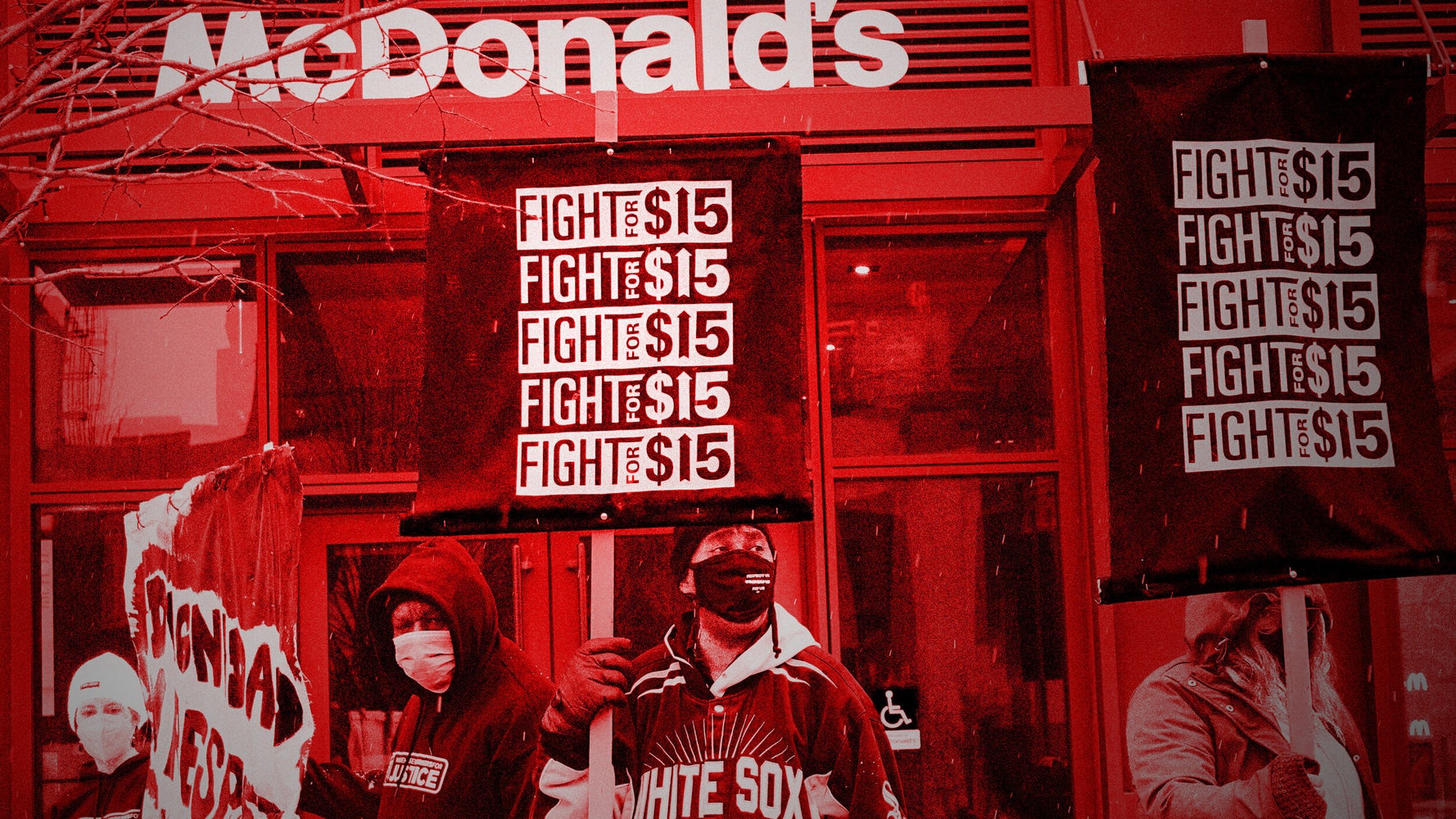It’s Chinese New Year today here in Hong Kong. Vietnamese New Year in Saigon, and Korean New Year in Seoul, too.
We celebrated the holiday with family last night, as is traditional. My in-laws came over for hotpot. But it was a tight-knit group of close relatives, just my wife’s sisters and their spouses. Our traditional stroll to the flower market or trip to see the fireworks along the Tsim Sha Tsui waterfront went out the window.
This is normally a boom time for restaurants and retailers. Much of mainland China takes two weeks off over the holidays, and the celebrations last long into the night, a time to head home for millions of migrant workers, who get very little other time off to see spouses, children and parents.
Retailers in East Asia are suffering through a second quiet Lunar New Year. Although the virus is largely contained in China, outbreaks still happen. The same is true in Japan, Korea, and here in Hong Kong. Consumers also show great reticence about spending. The disease may have abated, but household concerns about China’s economic footing has not.
The remarkable economic recovery in China has been based on production, not consumption. China even moved into deflation in January, the first time in a decade, with the Consumer Price Index down 0.3%, a sharp deceleration from the 0.2% inflation seen in December. The fall was entirely produced by weak services demand, with service prices down 0.7%, the element that dragged inflation into negative territory. It’s the first time since 2009 and the wake of the Western financial crisis that prices have declined in China.
Month-to-month comparisons are a little unusual in China this year. The Lunar New Year holiday is occurring pretty late this year in mid-February, having fallen on January 25 in 2020. Economists are therefore cautioning it’s better to use joint January-February figures for most measures.
The comparisons are disappointing for anyone hoping for a quick economic rebound for Asia’s consumption.
“The series of local outbreaks of Covid-19 at the beginning of the year was definitely a major culprit behind the slump in service prices,” Société Générale economists Wei Yao and Michelle Lam explain in a research note. “Even though the outbreaks have been quickly contained, people nationwide are still discouraged from traveling and going out during the holiday season.”
Prices in China should move back into positive territory, “albeit very gradually,” the SocGen number crunchers conclude.
Production prices have moved in the opposite direction, from a 0.4% decline in December to produce a 0.3% increase in January, the first trip into positive territory since the coronavirus crisis began. Strong demand for exports is driving a lot of that growth, underpinned by rising commodity prices. But those factors largely depend on external demand. The widening divergence between production prices and consumer prices spell trouble for Chinese manufacturers that produce for their home market. They may be unable to translate higher production prices into higher prices at the till, which would eat into their profit margins.
Lunar New Year is also normally boom time for the travel industry. The ski slopes of Japan and Korea throng with Asian guests. Beach resorts in Southeast Asia run full. Air fares are typically at their highest rate for the year.
That’s not happening. You can’t travel to most of Asia, and if you can you face heavy quarantine restrictions heading there and coming back home. In Bali, so dependent in normal times on the tourism industry, many hotel- and travel-linked staff have headed back to home villages to take on traditional tasks like farming. The money isn’t nearly as good.
Thailand gets more visitors from China than any other nation – it’s the top destination for Chinese travelers heading outside the country’s borders. But one survey suggests Lunar New Year spending in Bangkok faces its steepest decline in 13 years.
In Japan, the percentage of households that are now shopping online has reached an all-time high, at 54.6% as of December. That has shot up from around 42% at the onset of the Covid crisis, a huge shift in consumer behavior. More than two in five home appliances, pieces of clothing, cosmetics, movies, music and videogames are now bought online. A lot of that spending is likely to remain online.
I explained at the start of this week that Asia’s strong stock gains are not being produced by the local economies here. Korean, Taiwanese and Chinese stock markets have all gained more than one-third in the last year. But these are all heavily export-dependent nations, the share-price gains produced by strong demands for the electronics, semiconductors, telecommunications equipment and tech parts they make.
“The popular narrative is Asia is leading the recovery and digging the world out of a big hole. This is not quite right,” Standard & Poor’s Asia economists Shaun Roache and Vishrut Rana write in their report Asia, We Have A Demand Problem. “Demand from the rest of the world is helping Asia out of the hole.”
Retail sales in Asia are still below the levels seen before the region descended into virus chaos. Sales for restaurants, recreation facilities, accommodation and transportation are particularly dire.
Many retailers may have hoped to hang in there for a bumper season over this holiday. But the Lunar New Year won’t be coming to the rescue this time around. It’s a quiet time, a family time, a time of renewal with shards of optimism heading into spring. For many consumer-focused companies Asia-wide, though, the recovery will not come soon enough.
Get an email alert each time I write an article for Real Money. Click the “+Follow” next to my byline to this article.

